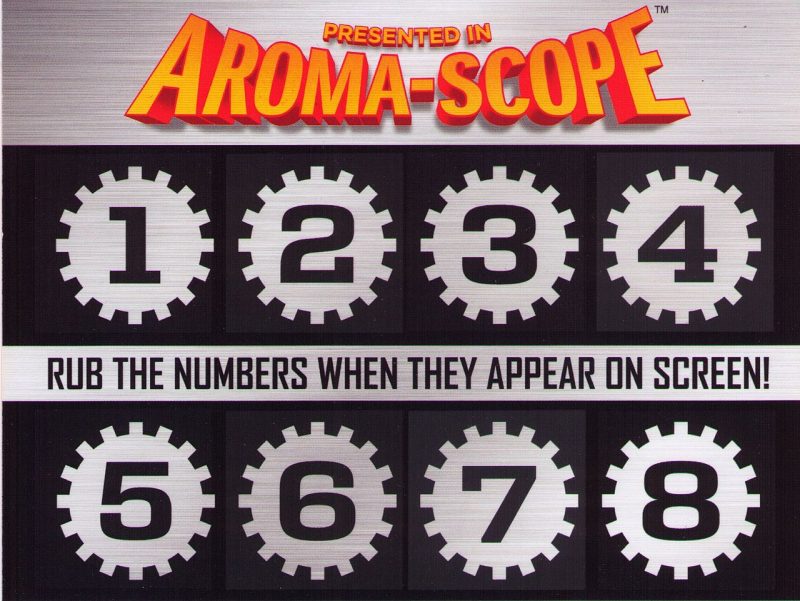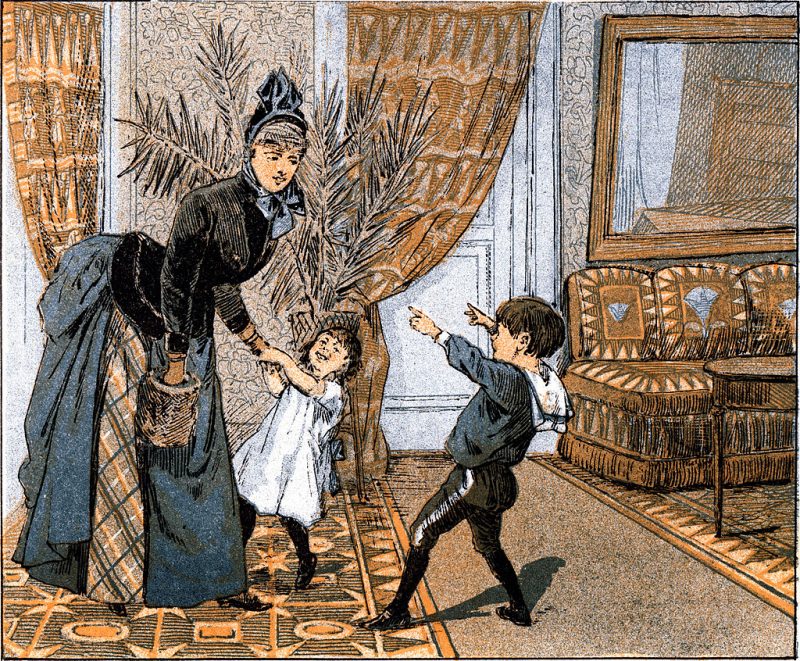April Fool’s Day is here and you can pull out pranks without being called a sociopath. This day is great, right? It keeps you on the edge of your seat, though, and you probably act like a paranoid and waiting, for something to happen, basically you don’t believe in anyone (but for some, it is like any other day).
We were planning to pull some witty joke on you, but we’ve read what happened to Google’s attempt this morning, so we changed our minds. (not that we are comparing ourselves with Google). Anyway, this list shows five times National TV pulled a prank on its viewers, sometimes it was good, and sometimes it backfired so much that it made the pranksters fools.
5. 2000 Sydney Olympics

In 1999, what started out as a Triple J radio prank soon turned TV farce, when Australian morning breakfast host Richard Wilkins overheard the prank and announced the 2000 Olympics had been stripped from Sydney. The mistake was very quickly fixed and the two shows carried on as normal.
4.Swedish Pranksters
In 1962, Swedish national television broadcast a 5-minute special on how one could get color TV by placing a nylon stocking in front of the TV. A rather in-depth description on the physics behind the phenomenon was included. Thousands of people tried it (April fools)
3.Smell-o-vision

In 1965, the BBC purported to conduct a trial of a new technology allowing the transmission of odour over the airwaves to all viewers. Many viewers reportedly contacted the BBC to report the trial’s success.In 2007, the BBC website repeated an online version of the hoax, as did Google in 2013, in tribute.
2.Great Blue Hill eruption prank
On April 1st, 1980, WNAC-TV aired a fake news bulletin that stated that Great Blue Hill was erupting.WNAC-TV ended its 6 pm news broadcast with a bulletin reporting that Great Blue Hill in Milton had erupted and was spraying lava and ash onto nearby homes. The report showed footage of lava flowing down a hillside (taken from the March 27th eruption of Mount St. Helens) and edited remarks from President Jimmy Carter (who expressed concern) and Governor Edward J. King (who called the situation “serious”). According to reporter Jan Harrison, the disaster had been caused by a geological chain reaction set off by the eruption of Mount St. Helens a week earlier. At the end of the bulletin, Harrison held up a card that read “April Fool”
Following the report, some Milton residents began to flee their homes.The Milton Police Department received over a hundred calls from people who believed that the report was true.The Massachusetts Department of Civil Defense was also inundated with calls from residents who wanted to know if they should evacuate their homes.
WNAC-TV received dozens of calls from angry viewers. The station issued an apology during its 11 pm newscast.The next day, the executive producer of the 6 o’clock news, Homer Cilley, was fired by the station for “his failure to exercise good news judgment” and for violating the Federal Communications Commission’s rules about showing stock footage without identifying it as such.
1.Spaghetti trees

The BBC television programme Panorama ran a hoax in 1957, showing Swiss harvesting spaghetti from trees. They had claimed that the despised pest, the spaghetti weevil, had been eradicated. A large number of people contacted the BBC wanting to know how to cultivate their own spaghetti trees. It was, in fact, filmed in St Albans.The editor of Panorama at the time Michael Peacock gave the go-ahead to the idea, which was pitched by freelance camera operator Charles de Jaeger. Michael Peacock told the BBC in 2014 how he gave Charles de Jaeger a budget of £100 and sent him off. Mr. Peacock said the respected Panorama anchorman Richard Dimbleby knew they were using his authority to make the joke work. Mr. Peacock said Mr. Dimbleby loved the idea and went at it with relish. Decades later CNN called this broadcast “the biggest hoax that any reputable news establishment ever pulled”.
